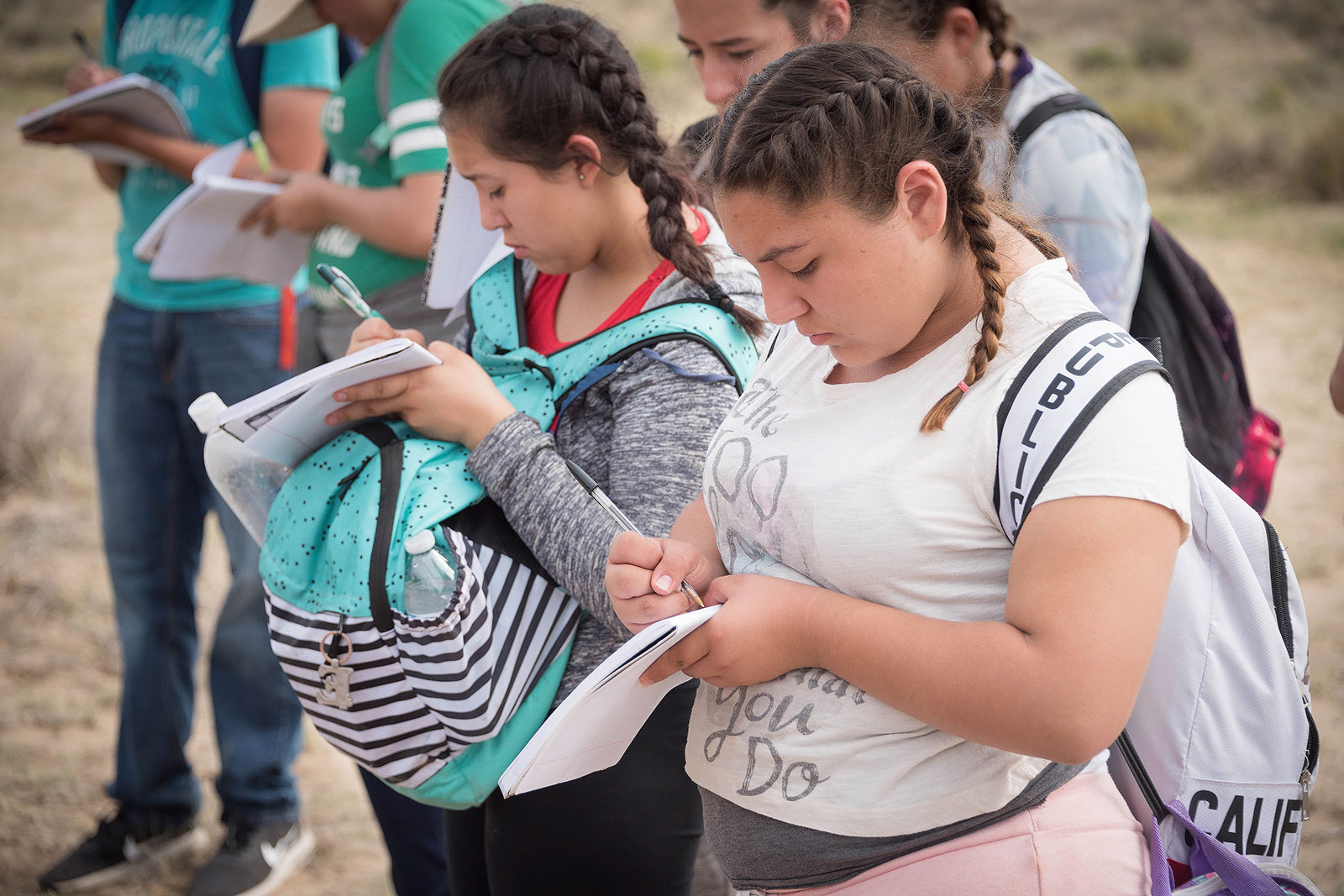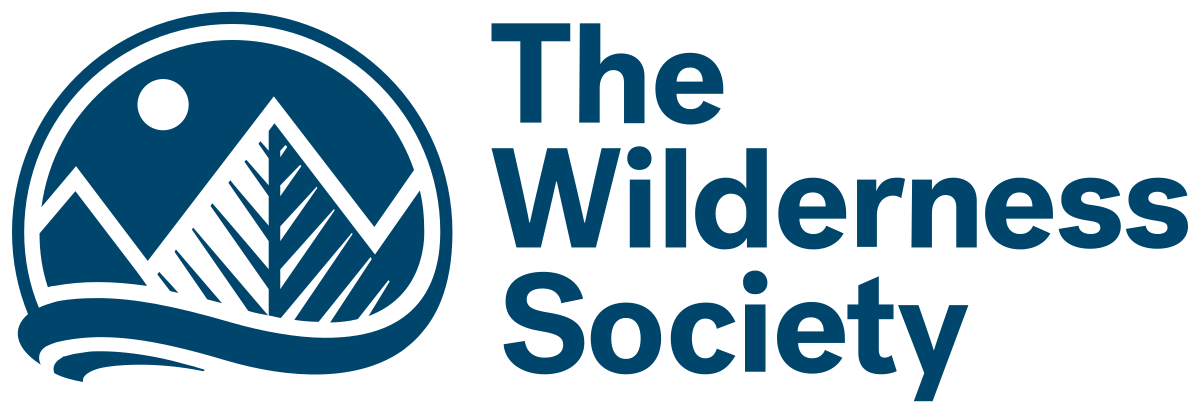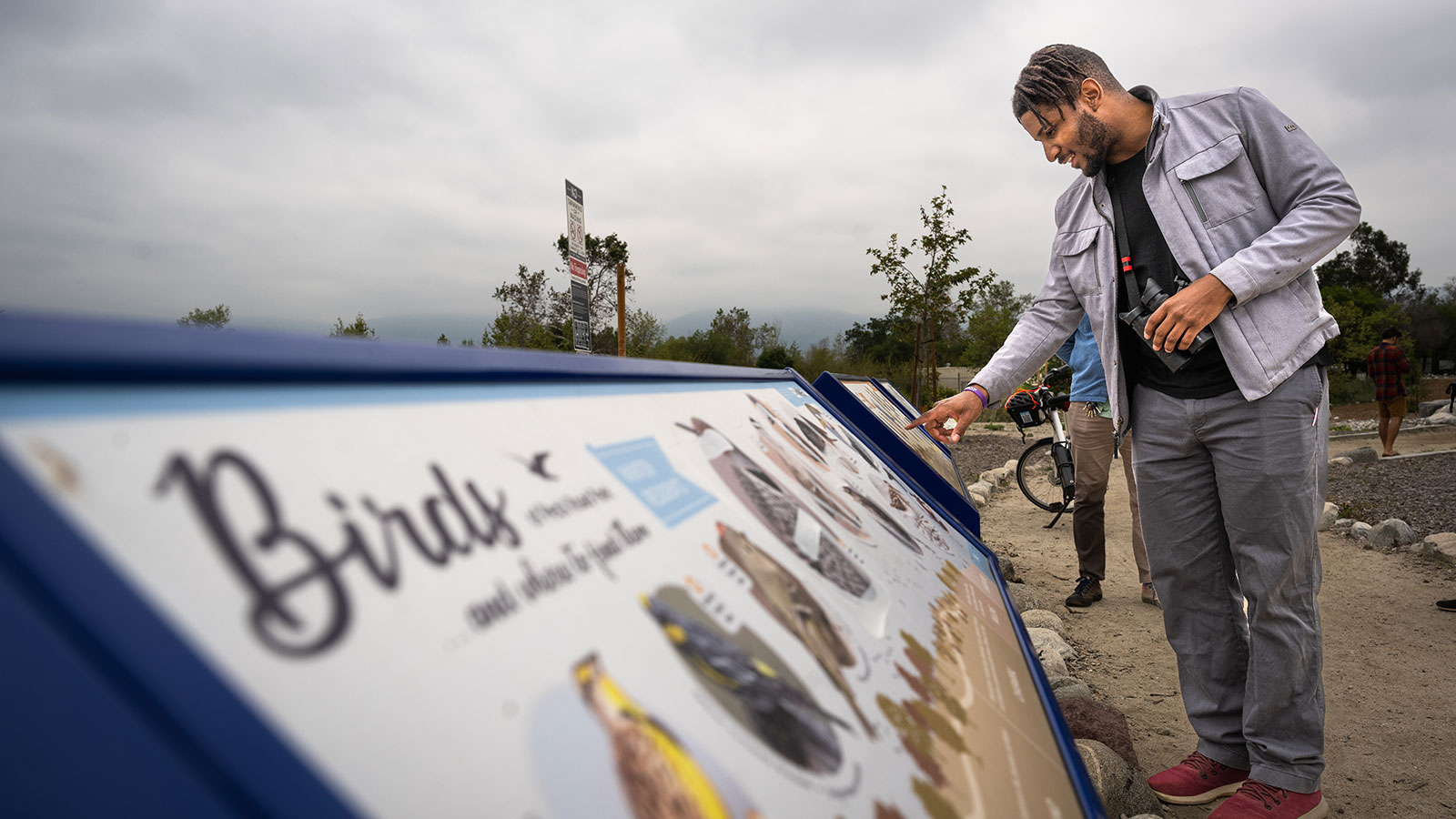For Jasmin Estrada, nature has always meant more than one thing. It was the summer camp in New England, where she lived, and bathing in sunlight on plastic chairs in her abuela’s hot backyard in Guatemala, waiting for food to be cooked. It was also the scorching sun over a family member’s head as they hid in the back of a truck entering the United States. Nature can be very harsh, she says, but “there’s [also] a harmony and beauty that we all deserve to connect with.”
So when she started studying adventure education at Green Mountain College in Vermont, Estrada couldn’t help but notice how “wilderness” was treated as something untouched and pure. She felt uneasy when her classes “cut folks off by telling them that they have to go through this ‘white explorer’ model to be connected.” This un-nuanced understanding of how race, culture, gender, and class affect how people engage with public lands has contributed to a landscape where most visitors to public lands are white.
Closing the “nature gap”—as some have called the lack of outdoor access people of color and other marginalized groups experience—led Estrada to her current position as community support and training manager at the Appalachian Mountain Club in Massachusetts. When The Wilderness Society knocked on the Appalachian Mountain Club door with a new public lands curriculum in 2018, Estrada was elated. It was the first time she’d seen this kind of nuanced understanding of public lands in a curriculum, she said.
The educational material, divided into six modules, incorporates important historical context for conservation efforts, highlighting the stories that are often left out, including from conservationists of color and queer communities, and the segregation and discrimination that have informed national conservation policy. It also includes lessons in climate change and how to advocate for public lands.
“If we are not telling a story about public lands where people feel seen, where people’s experiences are validated, and where we’re being authentic—and just acknowledging some of the atrocious things that happened with regards to how land has been conserved in this country—then people are going to continue to feel alienated by the conservation movement,” says Liz Vogel, education and youth engagement director with The Wilderness Society.
Since its launch, TWS’ curriculum has reached all corners of the United States, reshaping how universities, outdoor-advocacy organizations, public schools, and youth-advocacy organizations teach about public lands. About 3,500 people have downloaded the free, publicly available document, and 15 organizations have undergone personalized training with The Wilderness Society.
Filling the gaps in public lands history
Around a century after the National Park Service was established, the conservation community started self-reflecting on their achievements and shortcomings. A study found that 95% of national forest visitors and 77% of national park visitors were white—even in parks and forests close to communities of color. Only 112 out of 460 national parks and monuments recognized or were dedicated to diverse peoples and cultures. In a country where the majority of the population will not be white by 2044, it was indispensable to create a representative connection between people and public lands.
In 2016, Vogel says TWS decided to take action to change that. “If we are advocating for these places, and advocating for more land to be conserved,” Vogel says, “we need to be honest with how things happened in conservation history. Often, that history isn’t pretty.”
The Wilderness Society worked for a year alongside curriculum writing consultants, The Avarna Group, to create a curriculum that laid out the different types of public lands that span over 640 million acres in the U.S. The lessons dig into the history before the arrival of settlers, recognizing the deep ecological, cultural, and spiritual ties Indigenous communities had—and still have—with the land. It also details the violent policies—including acts of genocide—that often were put in place to create national parks and forests. The program discusses everyday environmentalists shadowed by the mythologized figures of John Muir, Theodore Roosevelt and Gifford Pinchot. And it introduces a look into the future of conservation in the era of climate and biodiversity crises.
TWS ran a pilot of the curriculum with three long-time allies: The Boys and Girls Outdoor Leadership Development program at the YMCA; a community-based organization in New Mexico called Cottonwood Gulch Expeditions, which introduced the curriculum in public schools; and the Appalachian Mountain Club, which worked with both kids and educators in the Northeast of the country. Since then, The Wilderness Society has constantly updated the curriculum using the feedback of those who use it. “It’s a living document,” Vogel explains. “We really wanted to create this resource that was responsive and useful anywhere.”

Evelyn Hatem, a rising senior in environmental studies and public policy at Dartmouth College, was one of the students in the first iterations of the program in 2018. Hiking on the ridges of the Pemigewasset Wilderness, the largest wilderness area at the White Mountain National Forest in New Hampshire, Hatem learned for the first time about the history of the 45,000 acres of forest surrounding her. The ridge lines covered in trees, which had looked pristine when she arrived, suddenly transformed. Learning that the timber companies had left the mountains barren in the 19th century, and that it was not until 1911 that the government bought the land and decided to conserve the second-growth forest she now contemplated, “was definitely sobering,” she says.
Going through the curriculum left Hatem wanting to learn more. She has subsequently taken several classes on Native American history, and has tried to share this information in her role leading outdoor field trips for Dartmouth’s freshmen. “[Since taking the course], I have thought a lot about equity and inclusion and [the] outdoors. It was definitely a catalyst.”
Hatem’s not the only one deeply affected by the material. Estrada says after she taught the curriculum with the Appalachian Mountain Club, one girl ended up writing her college essay about public lands and their history. Another participant got involved with a local youth center.
Estrada said the curriculum encouraged understanding simultaneous truths. Rather than dwelling on atrocities, considering public lands’ complicated past can help acknowledge people’s complex mix of feelings, including respect, gratitude, and grievance. She says it’s an opportunity to ask, “How can you find the joy in advocacy?”
The Wilderness Society has compiled an educational curriculum that incorporates important historical context for conservation efforts, highlighting the stories of Black and Indigenous conservationists and diving into the violent practices that have informed American conservation policy. Its goal is to teach a more authentic and holistic story to students of all ages.




